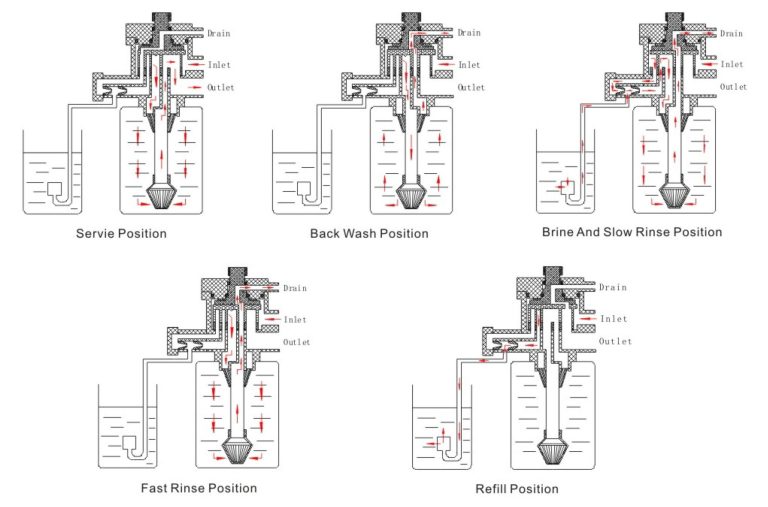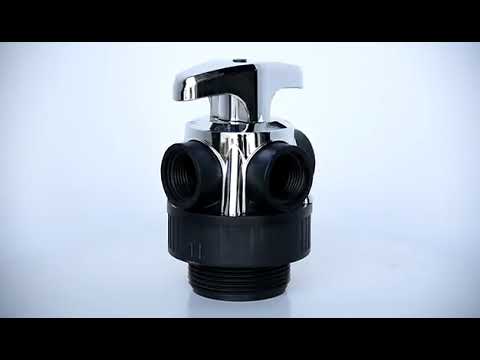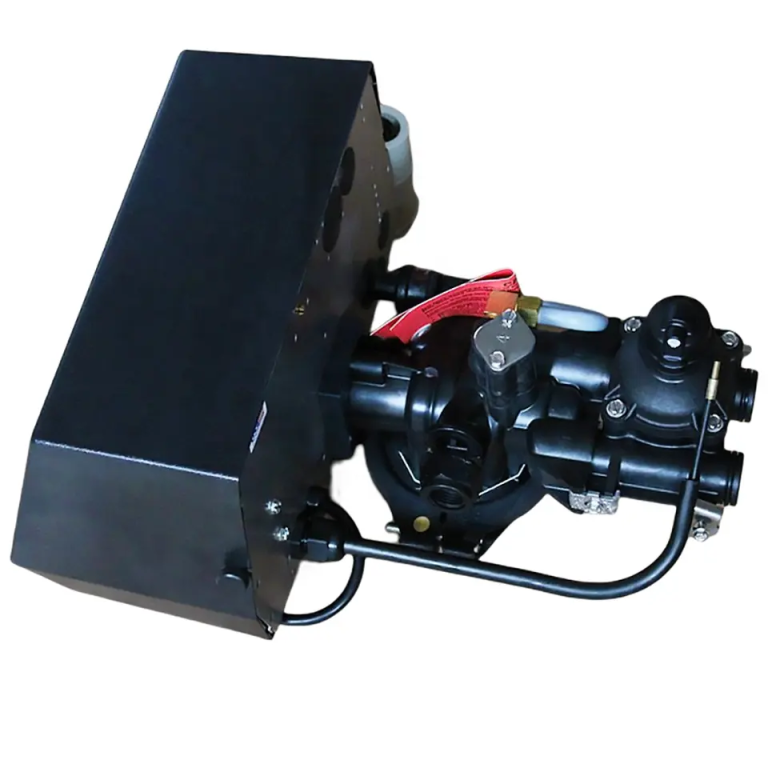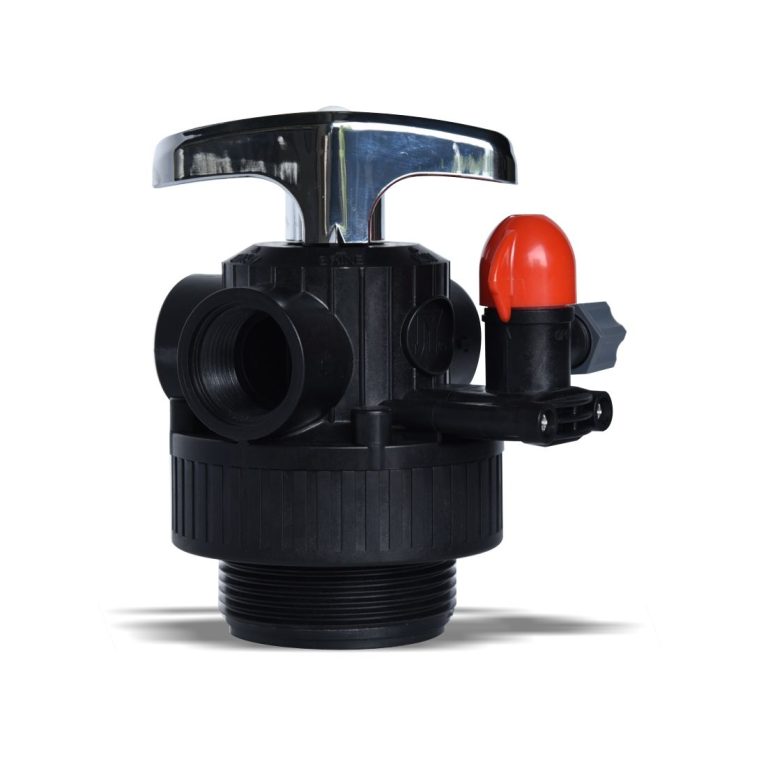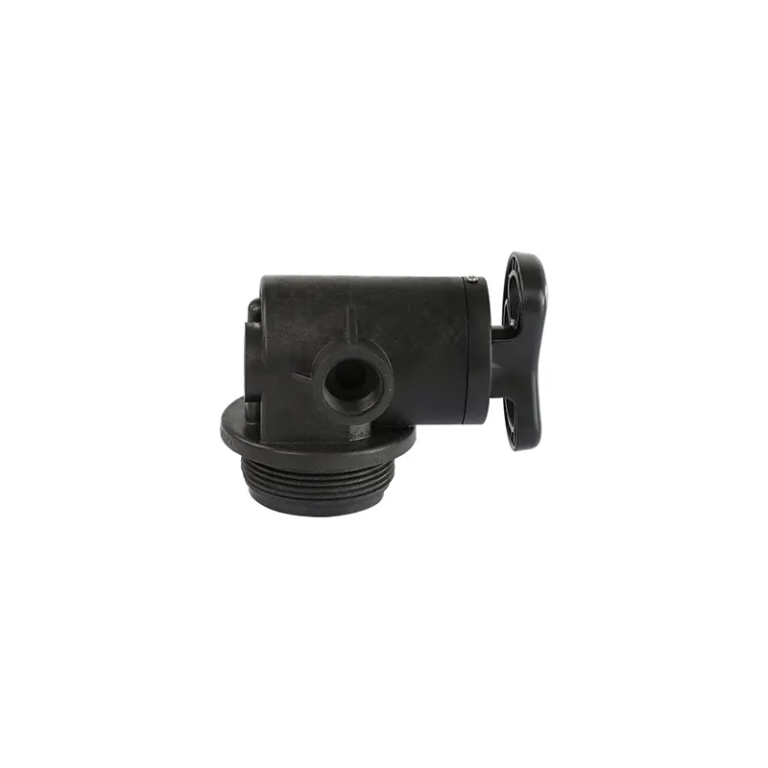“التحكم الدقيق في متناول يدك: كيف ينظم صمام التحكم التدفق بسهولة.”
Table of Contents
أنواع صمامات التحكم ووظائفها
الوضع
| MF2 | MF2-H | MF4 | MF4-B | MF10 | AF2 وAF2-H | AF4 | AF10 | وضع التجديد |
| دليل | تلقائي | المؤقت حسب اليوم: 0-99 يومًا | ||||||
| المؤقت بالساعات: 0-99 ساعة | ||||||||
| مدخل | ||||||||
| منفذ | 3/4” | 3/4” | 1” | 1” | 2” | 1/2”, 3/4”, 1” | 1” | 2” |
| استنزاف | 3/4” | 3/4” | 1” | 1” | 2” | 1/2”, 3/4”, 1” | 1” | 2” |
| القاعدة | 3/4” | 3/4” | 1” | 1” | 2” | 1/2”, 3/4”, 1” | 1” | 2” |
| أنبوب الناهض | 2-1/2” | 2-1/2” | 2-1/2” | 2-1/2” | 4” | 2-1/2” | 2-1/2” | 4” |
| 1.05”OD | 1.05”OD | 1.05”OD | 1.05”OD | 1.5”D-GB | 1.05”OD | 1.05”OD | 1.5”D-GB | سعة المياه |
| 2 م | /ح32 م | /ح34 م | /ح34 م | /ح310 م | /ح32 م | /ح34 م | /ح310 م | /ح3ضغط العمل |
| 0.15-0.6MPa | درجة حرارة العمل | |||||||
| 5-50 | مصدر الطاقة | |||||||
| AC100-240V/50-60 هرتز DC12V-1.5A | دليل خطوة بخطوة حول كيفية عمل صمامات التحكم | |||||||
تعد صمامات التحكم مكونات أساسية في مختلف الصناعات، بما في ذلك النفط والغاز ومعالجة المياه والتصنيع. تلعب هذه الصمامات دورًا حاسمًا في تنظيم تدفق السوائل والغازات والبخار في النظام. يعد فهم كيفية عمل صمامات التحكم أمرًا أساسيًا لضمان التشغيل الفعال للعمليات الصناعية.
في جوهره، صمام التحكم هو جهاز ينظم تدفق السائل عن طريق تغيير حجم ممر التدفق. يتم تحقيق هذا التعديل عن طريق تغيير موضع العنصر المتحرك، مثل القابس أو الكرة، داخل جسم الصمام. يتم التحكم في حركة هذا العنصر بواسطة مشغل، والذي يمكن أن يكون هوائيًا أو كهربائيًا أو هيدروليكيًا.
يمكن تقسيم تشغيل صمام التحكم إلى عدة خطوات رئيسية. الخطوة الأولى هي إدخال الإشارة، حيث ترسل وحدة التحكم إشارة إلى المشغل بناءً على معدل التدفق المطلوب. يمكن أن تكون هذه الإشارة على شكل ضغط هوائي، أو تيار كهربائي، أو ضغط هيدروليكي، اعتمادًا على نوع المشغل المستخدم.
بمجرد أن يستقبل المشغل الإشارة، يقوم بتحريك ساق الصمام، والذي بدوره يضبط موضع المحرك عنصر متحرك داخل جسم الصمام. تعمل هذه الحركة على تغيير حجم ممر التدفق، وبالتالي تنظيم تدفق السائل. يقوم المشغل بضبط موضع ساق الصمام بشكل مستمر للحفاظ على معدل التدفق المطلوب مع تغير الظروف.
يمكن أن تعمل صمامات التحكم في وضعين رئيسيين: التحكم في التشغيل والإيقاف والتحكم في التعديل. في التحكم بالتشغيل والإيقاف، يكون الصمام إما مفتوحًا بالكامل أو مغلقًا بالكامل، بدون أوضاع وسيطة. يُستخدم هذا الوضع بشكل شائع في التطبيقات التي لا يتطلب فيها التحكم الدقيق، كما هو الحال في أنظمة التشغيل والإيقاف البسيطة.
في التحكم في التعديل، يمكن وضع الصمام في أي نقطة بين الفتح الكامل والإغلاق الكامل لتحقيق معدل التدفق المطلوب. يُستخدم هذا الوضع في التطبيقات التي يكون فيها التحكم الدقيق أمرًا ضروريًا، كما هو الحال في أنظمة التحكم في درجة الحرارة والضغط.
يمكن أيضًا تصنيف صمامات التحكم بناءً على خصائص التدفق الخاصة بها. للصمامات الخطية علاقة مباشرة بين موضع الصمام ومعدل التدفق، بينما للصمامات ذات النسبة المتساوية علاقة لوغاريتمية. يعتمد اختيار نوع الصمام على المتطلبات المحددة للتطبيق.
بالإضافة إلى تنظيم التدفق، يمكن أيضًا تجهيز صمامات التحكم بميزات إضافية لتحسين أدائها. تتضمن هذه الميزات أدوات تحديد الموضع، التي توفر ملاحظات لوحدة التحكم لضمان تحديد موضع ساق الصمام بدقة، وخيارات القطع، التي تسمح بتخصيص الأجزاء الداخلية للصمام لتناسب ظروف التشغيل المختلفة.
في الختام، تعد صمامات التحكم مكونات حيوية في الصناعة العمليات، مما يسمح بتنظيم دقيق لتدفق السوائل. من خلال فهم كيفية عمل صمامات التحكم وأنماط التشغيل المختلفة، يمكن للمهندسين اختيار الصمام المناسب لتطبيقاتهم وضمان الأداء الأمثل. مع وجود صمام التحكم الصحيح، يمكن للصناعات تحقيق قدر أكبر من الكفاءة والموثوقية والسلامة في عملياتها.
Control valves are essential components in various industries, including oil and gas, water treatment, and manufacturing. These valves play a crucial role in regulating the flow of fluids, gases, and steam in a system. Understanding how control valves work is fundamental to ensuring the efficient operation of industrial processes.
At its core, a control valve is a device that regulates the flow of a fluid by varying the size of the flow passage. This adjustment is achieved by changing the position of a movable element, such as a plug or a ball, within the valve body. The movement of this element is controlled by an actuator, which can be pneumatic, electric, or hydraulic.
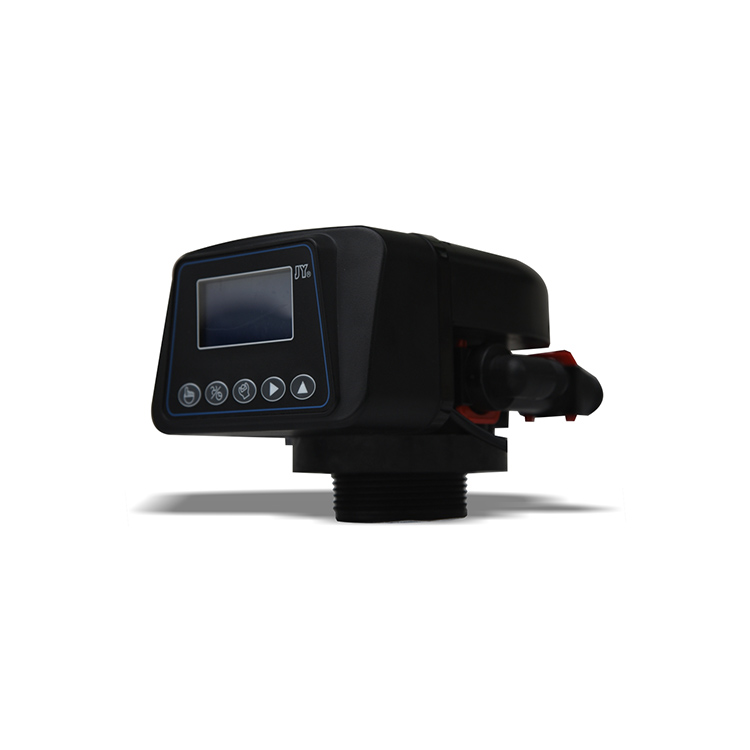
The operation of a control valve can be broken down into several key steps. The first step is the signal input, where the controller sends a signal to the actuator based on the desired flow rate. This signal can be in the form of pneumatic pressure, an electrical current, or hydraulic pressure, depending on the type of actuator used.
Once the actuator receives the signal, it moves the valve stem, which in turn adjusts the position of the movable element within the valve body. This movement changes the size of the flow passage, thereby regulating the flow of the fluid. The actuator continuously adjusts the position of the valve stem to maintain the desired flow rate as conditions change.
Control valves can operate in two main modes: on-off control and modulating control. In on-off control, the valve is either fully open or fully closed, with no intermediate positions. This mode is commonly used in applications where precise control is not required, such as in simple on-off systems.
In modulating control, the valve can be positioned at any point between fully open and fully closed to achieve the desired flow rate. This mode is used in applications where precise control is essential, such as in temperature and pressure control systems.
Control valves can also be classified based on their flow characteristics. Linear valves have a direct relationship between the valve position and the flow rate, while equal percentage valves have a logarithmic relationship. The choice of valve type depends on the specific requirements of the application.
In addition to regulating flow, control valves can also be equipped with additional features to enhance their performance. These features include positioners, which provide feedback to the controller to ensure accurate positioning of the valve stem, and trim options, which allow for customization of the valve internals to suit different operating conditions.
In conclusion, control valves are vital components in industrial processes, allowing for precise regulation of fluid flow. By understanding how control valves work and the different modes of operation, engineers can select the right valve for their application and ensure optimal performance. With the right control valve in place, industries can achieve greater efficiency, reliability, and safety in their operations.

